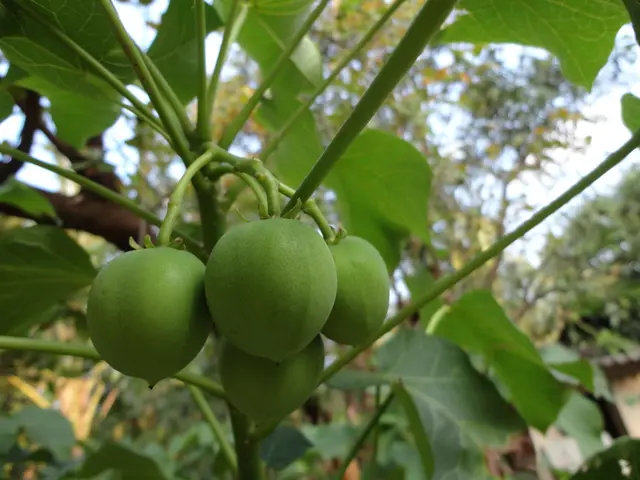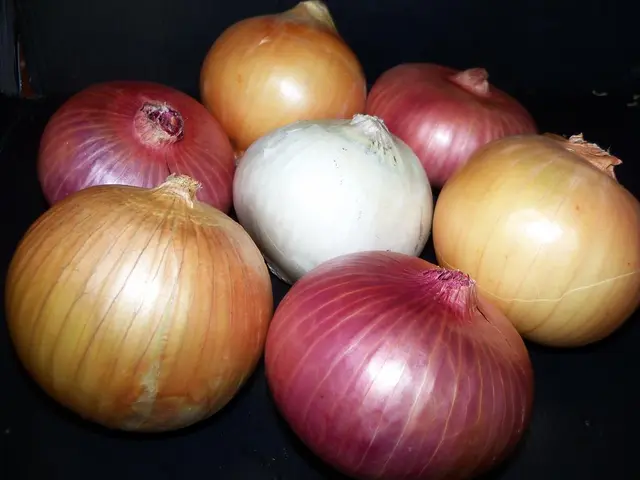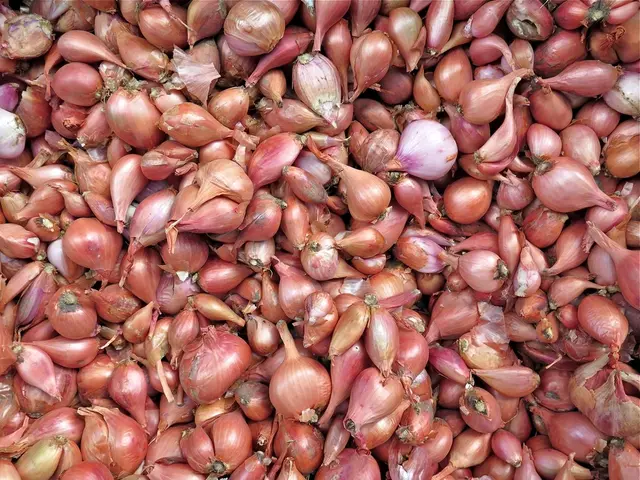Guide for Conserving Moss for Decorative Purposes and Wall Art [Easily Followed]
Moss, a versatile and visually appealing natural element, is often used in various craft and decorative projects. However, traditional methods of preserving moss, such as those involving glycerin or chemicals, can raise concerns about toxicity and complex processes. Here are some natural and safe alternatives that maintain the moss's appearance and texture without compromising on safety.
One of the simplest ways to preserve moss is by air-drying it. Collect the moss and spread it out in a cool, dry place away from direct sunlight. This method retains the moss’s natural color and texture for decorative use, but note that it will no longer be soft or springy.
Another effective method is using silica gel or desiccants. Placing moss in a container with silica gel packets or other natural desiccants can help dry the moss quickly while preserving its shape and color better than air drying alone.
For those seeking eco-friendly preserved moss products, some suppliers offer moss that is free of harmful chemicals and safe to handle. These products, such as preserved reindeer moss, are described as maintenance-free and non-toxic, retaining softness and color for years without watering or upkeep. Such moss is sustainably sourced and preserved through natural processes, making it an excellent alternative to chemical treatments.
To keep moss fresh after preservation, store it in a reusable zip-lock bag to lock in moisture and prevent it from becoming brittle. If you want to avoid any preservatives, keep the moss dry and handle it gently. Moss preserved naturally may be better suited for dry displays, crafts, or art projects rather than living terrariums.
In summary, the best safe alternatives to glycerin or chemical preservation are natural drying techniques combined with the use of eco-friendly preserved moss products that employ non-toxic methods. These approaches keep moss soft, visually appealing, and safe for crafts and decoration.
For those who prefer traditional methods, it's essential to note that there are two main methods of preserving moss: the glycerol, methylated spirit, and warm water method, and the glycerol and warm water method. The preserving mixture can be made with one part denatured alcohol, two parts glycerin, and two parts warm water, or one part glycerin and two parts warm water. After preservation, the moss should be squeezed dry, washed, and left to dry for a few days until fully dry. Food coloring is not effective for preserving moss color, but fabric dye works better. For bigger projects like a moss wall, using a few different types of moss is recommended for maximum visual impact.
[1] Eco Moss (2021) Preserved Moss. Retrieved from https://www.ecomoss.co.uk/preserved-moss [3] Moss and Stone (2021) Preserved Moss. Retrieved from https://www.mossandstone.com/collections/preserved-moss
- By adopting natural drying methods, such as air-drying or using silica gel, and opting for eco-friendly preserved moss products, one can maintain a visually appealing home-and-garden lifestyle by incorporating moss in craft and decorative projects, all while ensuring safety and sustainability.
- In contrast to traditional chemical preservation methods, gardening with preserved moss that is free of harmful substances, such as reindeer moss, provides a soft, colorful, and non-toxic addition to one's home-and-garden or home decor, making it an ideal choice for both lifestyle and garden enthusiasts.
![Instructions for Keeping Moss for Decorative and Wall Art Uses [Simple Guide]](/en/content/images/size/w1280/format/webp/20250702193528_preserved-moss-decoration-diy-moss-preservation-glycerin-and-denatured-alcohol-method-step-by-step-guide-moss-art-moss-wall-sourcing-live-moss-different-types-of-moss-for-preservation-dyeing-preserved-moss-fabric-dye-terrarium-moss.jpeg)







